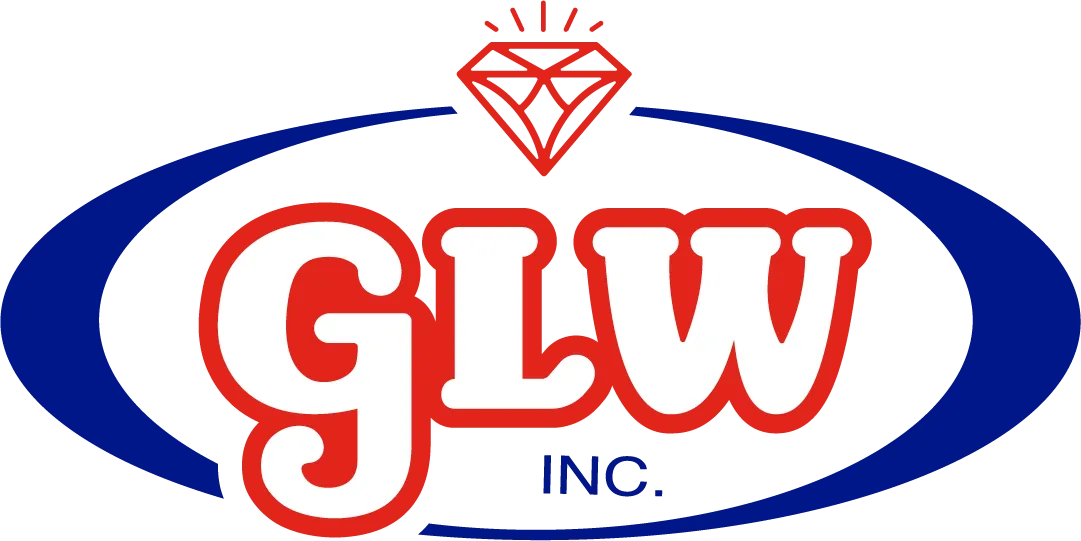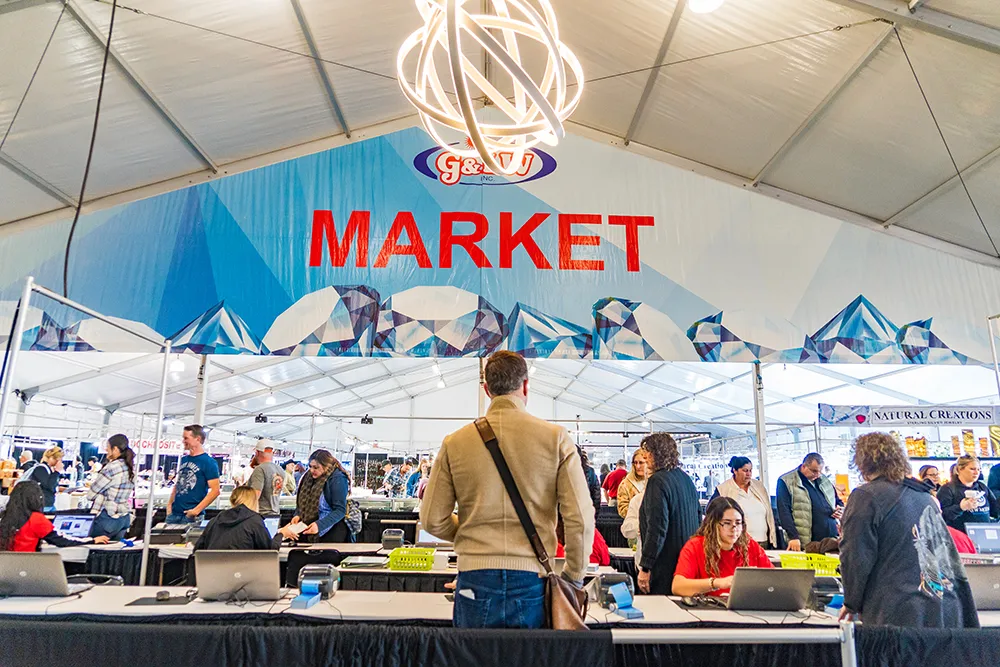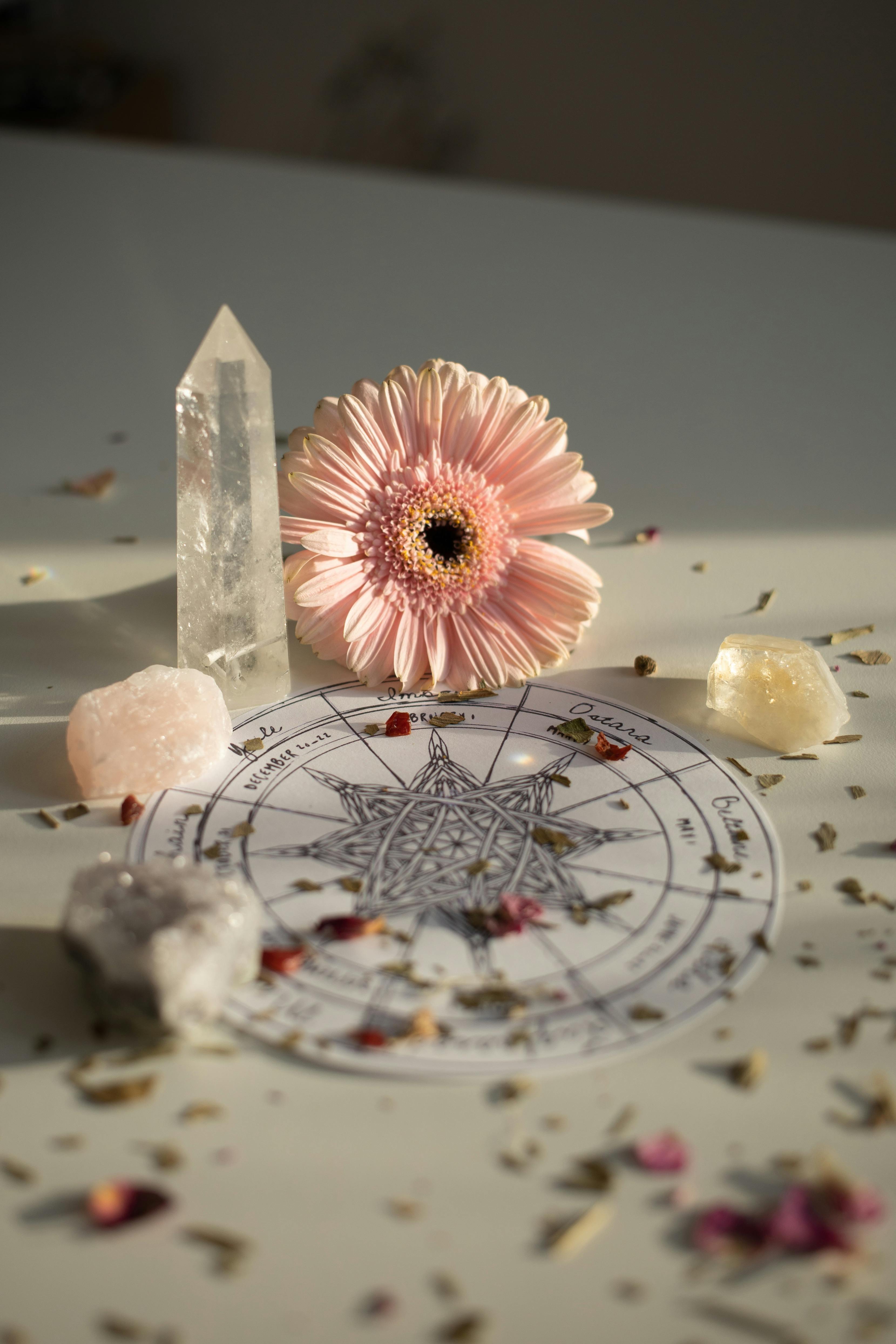Step onto the floor of a GLW trade show in Tucson or Orlando, and it’s plain to see: North America is no longer content with “business as usual” in colored stones. Driven by a boom in consumer appetite for unique, exclusive jewelry, a new era—defined by vibrant color, ethical rigor, gem innovation—has firmly taken hold
The Market: Momentum and Mindset
The North American colored gemstone market is accelerating at a 7% annual growth rate through 2032, outpacing traditional diamonds in both volume and buzz. The North American gemstone industry is capturing unprecedented momentum within the global landscape, reflecting both consumer passion for color and a heightened focus on authenticity and sustainability. The U.S. remains one of the largest gemstone markets, contributing a significant share to the global sector valued at $33.43 billion in 2025—with projections of $42.76 billion by 2029 and an annual growth rate near 6.3%.
Colored gemstones are leading the charge, with North American retailers reporting double-digit demand increases for stones like Paraíba tourmaline, emerald, and sapphire. Forecasts see the colored gems segment reaching $12.4 billion by 2032, with a local CAGR above 7%, fueled by changing consumer tastes and new retail strategies.
Retailers report particularly robust demand for:
- Neon Paraíba tourmalines and sapphire blues
- Unheated rubies and emeralds
- “New classics” like spinel and tsavorite, favored for bold color and affordability
Americans and Canadians now seek stones that “pop” with color and carry a story—pieces that echo both personal identity and modern values. Jewelry isn’t just an accessory; it’s a statement.
Who’s Buying—and Why
Two generations dominate North American gem buying:
- Millennials (ages 28–43): Account for about 60% of luxury jewelry spend in the U.S. and show loyalty to brands with environmental and social responsibility at the forefront.
- Gen Z (under 28): Rapidly rising as first-time buyers, embracing colored gemstones for engagement rings and bespoke creations. More than 15% of engagement rings sold in 2025 featured colored gems—triple the share just a decade ago.
The beating heart of the North American colored gemstone market is not an online marketplace—it’s the bustling aisles and vibrant booths of shows like GLW. While digital research certainly informs today’s buyer, it’s in person—face-to-face with trusted suppliers and surrounded by a world of color—that key decisions and lasting partnerships are truly made.
At GLW events, the buyers shaping the future are:
- Independent retailers and boutique owners: They arrive ready to source one-of-a-kind gems, discover new designers, and build exclusive assortments that can’t be found online. Many cite GLW as the place they forge supplier relationships, get hands-on with inventory, and “spot the next big thing” in color and design.
- Custom jewelers and designers: The tactile experience—comparing clarity, luster, and cut firsthand—is irreplaceable. These buyers rely on shows to find standout center stones, special cuts, and rare material for custom pieces in high demand by Millennials and Gen Z.
- Retail chains and industry veterans: They value the event for face-to-face dealmaking, bulk purchasing efficiency, and trend scouting across dozens of expert exhibitors in a single location
Why do buyers return each season? In-person shows let them:
• Assess gems up close, ensuring quality and authenticity.
• Build long-term, trust-based relationships with reputable suppliers and direct sources.
• Stay ahead of trends and access limited-availability stones—often before they reach the broader market.
• Gain knowledge and negotiate directly in a way that digital can’t replicate.
The human connection, hands-on discovery, and community at GLW are what drive repeat attendance and purchases—a competitive edge that no online platform can match for those serious about growing their gemstone, jewelry, and lapidary business.
The Color Revolution
Color is redefining what’s coveted. North American consumers, especially Millennials and Gen Z, are embracing rare stones—such as alexandrite, spinel, and rubellite—not just for their beauty but for the individuality they express. This trend is visible in rising popularity of colored gemstone engagement rings and in custom one-of-a-kind jewelry commissioned through independent designers and major retailers alike.
Other Key Motivators
Ethical Sourcing & Trust
Transparency, origin, and ethical sourcing are deal-makers. North American buyers increasingly demand certified gems with clear traceability, with many retailers investing in GIA/SSEF certification and blockchain-backed provenance. Consumers—particularly younger buyers—view lab-grown alternatives and ethically mined natural stones as statements of personal values, not just style.
Digital & Social Influence
The surge in online research, influencer recommendations, and social media “unboxings” have democratized access to trends and knowledge. U.S. and Canadian exhibitors benefit by embracing digital storytelling, virtual try-on tools, and responsive customer service, making the gem world inviting for both seasoned collectors and newcomers.
What Exhibitors Should Do
- Highlight Certification: Visibly display proof of ethical sourcing and certification at booths to build consumer trust.
- Feature Storytelling: Use digital signage and interactive content to tell the origin and journey of your stones.
- Merchandise for Personalization: Offer custom design services and flexible inventory reflecting the latest in North American preferences, such as bold colors, alternative cuts, and emerging gemstone varieties (e.g., Mahenge spinel, Montana sapphire).
- Engage on Social Channels: Share educational and behind-the-scenes content to connect with both retail partners and end consumers, building loyalty and brand differentiation.
North America’s gemstone market is more dynamic and demanding than ever—fueled by color, meaning, and consumers who expect trust and experience at every encounter. Exhibitors who lead with transparency, innovation, and a vivid sense of story will set the standard for success through 2025 and beyond




